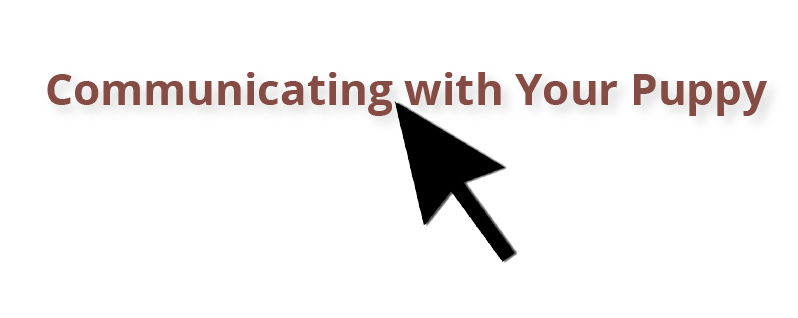1. Research
2. Select a Topic

3. Create a Clickable Title

4. Create an Outline
5. Write Your eBook

6. Proof Read

7. Design
If graphic design isn’t an area you are familiar with, there are various eBook templates available for download. For instance, if you sign up for HubSpot’s newsletter, they will send you 13 free customizable eBook templates for Microsoft PowerPoint (if interested, click here). Another resource for those looking for Microsoft Word or InDesign Templates, is bookdesigntemplates.com. Regardless of whether you elect to use a template or custom design your own eBook, there are a few rules you should know. For example, you want to:
- Select an Appropriate Color – it is wise to match your eBook to your brand colors
- Use the Right Font – play it safe, and keep it simple (arial, times new roman, verdana)
- Add Relevant Photos – ensure graphics are complimenting your writing
- Highlight Important Points and Quotes
- Create an ebook Cover

8. Optimize
9. Promote
10. Track Success
These are all the vital steps for writing a successful eBook. Authoring an eBook isn’t as easy as one may think because it requires much thought. If need help writing an eBook for your business, contact Strategic eMarketing where we can help you with writing, designing, marketing and tracking the success of your eBook

